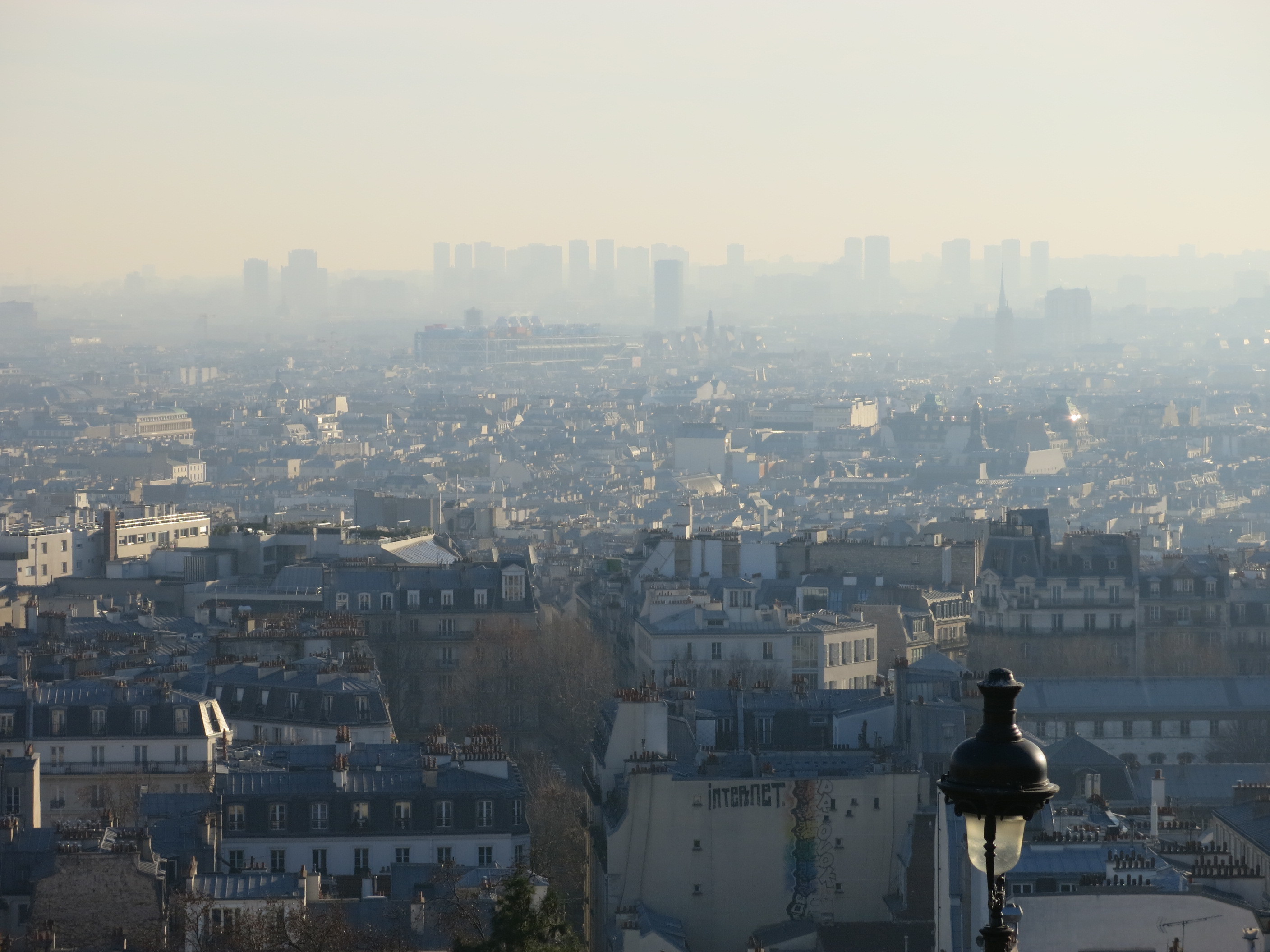The Dieselgate scandal that started in the United States has just moved to Europe. For the first time in history, the European Court of Justice is hearing arguments for a court case filed by cities as “concerned persons”, whereby cities are given the same legal status as individual human being. The case, filed by the mayors of the cities of Paris, Madrid, and Brussels, seeks to annul a European Commission regulation that allows dangerous levels of nitrogen oxides (NOx) emissions for diesel car manufacturers during the on-road testing phase. No verdict has yet been determined, with the process expected to take weeks at the very least before a decision is made.
The action was brought by Mayors of European cities in the interest of their citizens, to ensure that the air they breathe is clean, that their health is protected, and that the Paris Climate Agreement is respected. Nitrogen oxides are a family of highly reactive poisonous gases that form when fuel is burned at high temperature, and are a significant source of pollution. This is an issue of great importance to Europeans, as the WHO has found that vehicle emissions cause 75,000 deaths in Europe every year.
The EU regulation in question, Regulation 2016/646 , provides a phase-in period for NOx emissions to exceed the standard 80 mg/km until 2021, which critics argue is too soft on car manufacturers and endangers public health and safety. In force since April 2016, it was enacted in the wake of the Dieselgate scandal, where Volkswagen was charged by the United States government for fudging emissions data for testing purposes using “defeat devices”.
The History of Regulation 2016/646
Formulated by a technical committee in October 2015, the new regulation (an amendment to past regulations) was intended to make the adoption of testing emissions standards smoother for automakers. As part of this initiative, the technical committee, made up of experts from various EU member states, agreed to allow emissions to exceed EU regulations, allowing new diesel cars to exceed permissible NOx threshold levels by 110%.
That’s more than twice the legal limit.
The regulation was passed in early 2016 after intense lobbying by companies in the car industry. Only the Netherlands opposed the new regulation, with every car-producing country showing support for it, most notably the UK, Germany, France and Spain.
The European Automobile Manufacturing Association has since shown great support for the change, with the car makers arguing that “conformity”, as they call adherence to the new lax rule, is needed to “prevent earnings shortfalls”, which opponents argue shows their desire to protect their bottom line regardless of the impact on public health.
The Fight Against Emissions Starts in Cities
The rule has found many critics in Europe outside of European institutions. By March 2016, while the regulation was still being debated by the European Commission, the mayors of 14 cities across Europe launched an appeal to their governments “to prioritize the health of their citizens over that of industrial lobbies”. Health is a matter of deep concern among Europeans, as was evidenced by a petition launched last summer asking for the banning of endocrine disruptors (EDCs), chemicals that are known to adversely impact human health, which was signed by 300,000 European citizens.
In the photo: Pollution event in Paris 8th december 2016 – Paris seen from the hill of Montmartre (Paris, France). Credit: Tangopaso
Among the most vocal critics of the emissions regulations is Anne Hidalgo, Mayor of Paris and the chair of C40. C40 is a network of megacities across the world committed to fighting climate change with concrete actions, such as low emissions buses for public transportation to ensure “greener streets”. Anne Hildalgo’s response to the regulation was unequivocal: “It would be a betrayal of the people of Europe that car manufacturers and industrial lobbies can dictate the rules that regulate some of their most polluting products. We will continue to develop measures in Paris to ensure our citizens can breathe clean air, and my fellow mayors across C40 cities will do the same.”
In addition to the environmental ramifications, the case also underscores the increasingly rising influence of cities in climate action. Groups like C40 have gone beyond the scope of national politics to work to enact change.
The movement is not limited to Europe. Consider the case of “sanctuary cities” in the US, consisting of city governments that limit their cooperation with national authorities with regards to deporting undocumented immigrants. They also work independently from the Trump administration on the climate change front.
Repercussions From the Decision
Depending on how the case eventually plays out a number of interesting scenarios could unfold. If Regulation 2016/646 is upheld it would signal a reaffirmation of EU policy and procedure at a time when the entity has struggled with membership issues and bureaucratic excess. It would also reflect a victory for car manufacturers, which still hold a lot of clout despite the rapid changes affecting the car industry such as autonomous vehicles and a shift towards shared ownership.
If on the other hand the regulation is struck down, the decision could encourage greater action by city governments going forward, especially those with opposing political beliefs. It’s important to recall that the emissions rules weren’t just passed with the support of automakers, but also national governments as well. While national governments will likely continue to hold the most power within countries, a precedent could be set that would set the stage for greater conflict and disagreement between the different levels of government.
Regardless of the outcome, this case is evidence of the various arenas and scope of political action that keep evolving and changing to meet the needs and demands of each new generation. Something interesting to watch and monitor in the near future.
Editors Note: The opinions expressed here by Impakter.com columnists are their own, not those of Impakter.com











